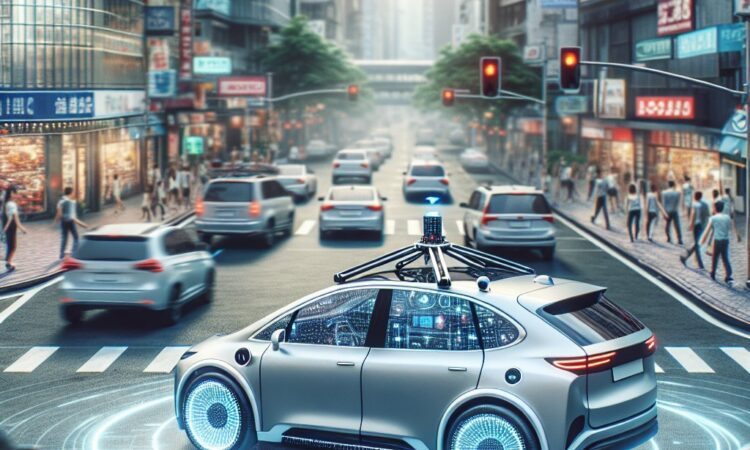Self-Driving Car Development: Progress and Challenges
The development of self-driving cars has been a major focus of technology companies and automakers in recent years. While there has been significant progress in this area, the technology is still not ready for widespread deployment.
There are a number of challenges that need to be addressed before self-driving cars can be widely adopted. These challenges include:
* **Sensor technology:** Self-driving cars rely on a variety of sensors, such as cameras, lidar, and radar, to perceive their surroundings. These sensors need to be able to work accurately in a wide range of conditions, including rain, snow, and fog.* **Software algorithms:** The software algorithms that control self-driving cars need to be able to make complex decisions in real time. These algorithms need to be able to interpret sensor data, predict the behavior of other vehicles and pedestrians, and plan safe and efficient routes.* **Safety regulations:** There is currently no clear regulatory framework for self-driving cars. This makes it difficult for automakers to bring their vehicles to market.
Despite these challenges, there has been significant progress in the development of self-driving cars. A number of companies, including Waymo, Cruise, and Argo AI, have been testing their self-driving cars in public roads. These companies have made great strides in improving the performance of their vehicles, but they still face a number of technical and regulatory hurdles before they can bring their vehicles to market.
The widespread adoption of self-driving cars has the potential to revolutionize transportation. Self-driving cars could make roads safer, reduce traffic congestion, and improve access to transportation for people who are unable to drive themselves. However, it is still unclear when self-driving cars will become a reality for the general public.

